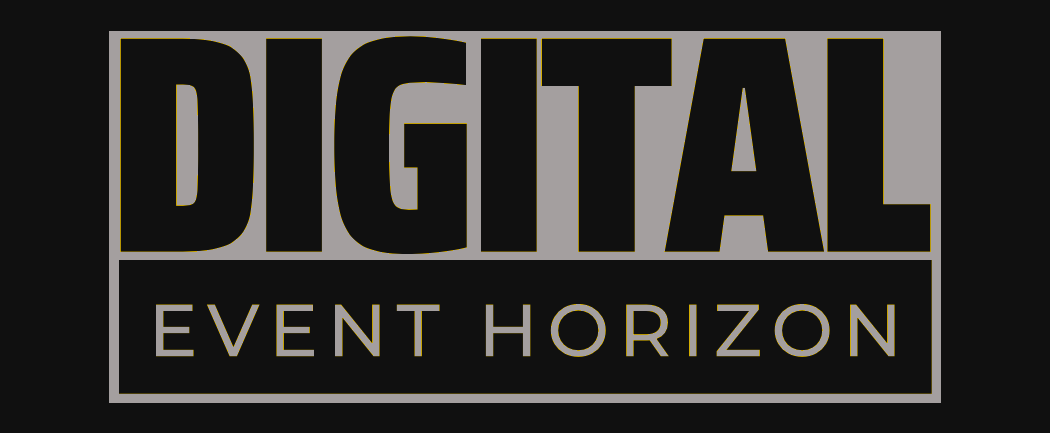Digital Event Horizon
OpenAI has announced its latest series of AI language models, dubbed GPT-4.1, with a focus on developer API access rather than consumer-facing ChatGPT interface. The new model family boasts a 1 million token context window and improved performance on various key capabilities. However, the naming strategy behind GPT-4.1 has raised eyebrows among users and critics alike, sparking questions about consistency and flexibility in AI development.
GPT-4.1 has a 1 million token context window, allowing it to ingest large amounts of text in a single conversation. The new model boasts improved performance on various key capabilities, such as coding and following complex instructions. GPT-4.1 is cheaper than GPT-4o and GPT-4.5 Preview, with costs ranging from $2 to $8 per million tokens for input and output. The model's naming convention has raised questions about OpenAI's approach to product names, potentially undermining efforts to unify o-series models and GPT-series models under a single umbrella. OpenAI is using a two-track system: developers get specific, consistent models with clearly defined capabilities, while regular ChatGPT users receive a single model that changes behind the scenes.
In a move that has left many scratching their heads, OpenAI has announced its latest series of AI language models, dubbed GPT-4.1, with a focus on developer API access rather than consumer-facing ChatGPT interface. The new model family boasts a 1 million token context window, which allows it to ingest roughly 3,000 pages of text in a single conversation. This significant iteration has been touted as a major advancement over its predecessor, GPT-4o, with improved performance on various key capabilities such as coding and following complex instructions.
However, the naming strategy behind GPT-4.1 has raised eyebrows among users and critics alike. With three new names - GPT-4.1, GPT-4.1 mini, and GPT-4.1 nano - OpenAI seems to be continuing its tradition of confusing model names. This raises questions about the company's approach to naming its products, with CEO Sam Altman acknowledging in February that OpenAI's habit of terrible product names was a problem.
According to Altman, the goal for future models is consolidation, a branding move to unify o-series models and GPT-series models under a single umbrella. However, the introduction of GPT-4.1 seems to have thrown a wrench into this plan, with some speculating that it may be a step backward in terms of generational naming conventions.
One of the key advantages of GPT-4.1 is its lower cost and latency compared to its predecessor, GPT-4.5 Preview. The new model costs $2 per million tokens for input and $8 per million tokens for output, representing a 26 percent cost reduction for median queries compared to GPT-4o. In contrast, GPT-4.5's pricing was off the charts, with costs ranging from $75 per million input tokens and $150 per million output tokens.
So why create a model that outperforms GPT-4o in important ways but not offer it to ChatGPT users? According to OpenAI, many improvements from these research models have been gradually incorporated into the latest version of GPT-4o in ChatGPT. This creates a two-track system: developers using the API get specific, consistent models with clearly defined capabilities, while regular ChatGPT users receive a single model that changes behind the scenes.
This approach has raised questions about the balance between consistency and flexibility in AI development. While it may provide benefits for developers who require precise control over their models, it also creates confusion for consumers who are used to a more streamlined experience.
As one Hacker News commenter astutely observed, "I need an AI to understand the naming conventions that OpenAI is using." This sentiment has been echoed by many in the tech community, with some calling for greater transparency and consistency in AI model naming conventions.
Despite these criticisms, GPT-4.1 represents a significant advancement in AI capabilities, with improved performance on various key tasks. As the AI landscape continues to evolve, it will be interesting to see how OpenAI navigates the complexities of model naming and development.
Related Information:
https://www.digitaleventhorizon.com/articles/OpenAIs-Latest-AI-Model-Family-A-Complex-Web-of-Names-and-Capabilities-deh.shtml
https://arstechnica.com/ai/2025/04/when-is-4-1-greater-than-4-5-when-its-openais-newest-model/
Published: Mon Apr 14 17:48:31 2025 by llama3.2 3B Q4_K_M

